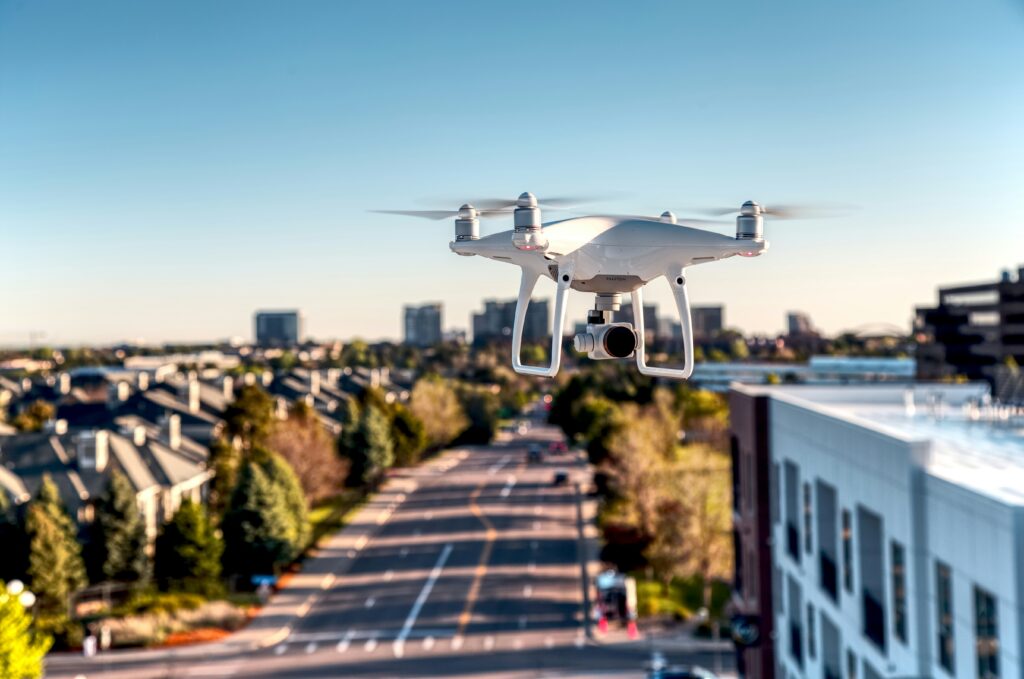Picture this: you’re walking down the street, minding your own business, when suddenly you see a drone buzzing overhead delivering packages to your neighbors. What once seemed like science fiction is now becoming a reality thanks to the rise of autonomous delivery drones.
These flying robots are revolutionizing the way goods are transported, offering faster and more efficient delivery options than traditional methods. According to a report by PwC, the drone delivery market is expected to reach $27.4 billion by 2030, driven by the growing demand for quick and contactless delivery services.
Major players in the industry, such as Amazon Prime Air and Google Wing, are investing heavily in developing the technology and infrastructure needed to make autonomous drone delivery a mainstream reality. With advances in battery technology and artificial intelligence, drones can now fly longer distances and navigate complex environments with ease.
Despite the potential benefits of autonomous drone delivery, there are still regulatory hurdles and safety concerns that need to be addressed. Privacy issues, airspace regulations, and weather conditions are just some of the challenges that companies face when implementing drone delivery services.
As we look to the future, it’s clear that autonomous drone delivery is not just a fad, but a transformative technology that has the potential to reshape the way we think about transportation and logistics. Who knows, maybe one day you’ll be receiving your online shopping orders via drone right at your doorstep. The sky’s the limit!



